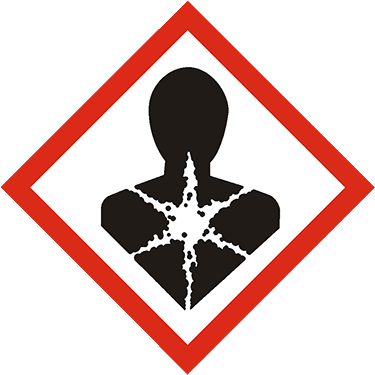Click "Allow Cookies" to consent to storing cookies on your device to improve your experience on our site. Learn more.
Custom Working Level 7 Standard
Catalog NumberCat#
M-8080-R2-WL-100X
17034 Classification17034 Class.
Certified Reference Material
Matrix
Varied conc. in Isooctane
Number of ComponentsComps.
23 See Analytes
Storage ConditionStorage
Ambient (>5 °C)
Unit
1 mL
Price (USD) Price
Not For Individual Sale
Product Details
Typical ChromatogramChrom.
Analytes
| Analyte | CAS Number | Target Concentration |
|---|---|---|
| Aldrin | 309-00-2 | 200 ng/mL |
| a-BHC | 319-84-6 | 200 ng/mL |
| b-BHC | 319-85-7 | 200 ng/mL |
| d-BHC | 319-86-8 | 200 ng/mL |
| g-BHC | 58-89-9 | 200 ng/mL |
| a-Chlordane | 5103-71-9 | 200 ng/mL |
| g-Chlordane | 5103-74-2 | 200 ng/mL |
| 4,4'-DDD | 72-54-8 | 400 ng/mL |
| 4,4'-DDE | 72-55-9 | 400 ng/mL |
| 4,4'-DDT | 50-29-3 | 400 ng/mL |
| Dieldrin | 60-57-1 | 400 ng/mL |
| Endosulfan I | 959-98-8 | 200 ng/mL |
| Endosulfan II | 33213-65-9 | 400 ng/mL |
| Endosulfan sulfate | 1031-07-8 | 400 ng/mL |
| Endrin | 72-20-8 | 400 ng/mL |
| Endrin aldehyde | 7421-93-4 | 400 ng/mL |
| Heptachlor | 76-44-8 | 200 ng/mL |
| Heptachlor epoxide (Isomer B) | 1024-57-3 | 200 ng/mL |
| Methoxychlor | 72-43-5 | 2000 ng/mL |
| Tetrachloro-m-xylene | 877-09-8 | 200 ng/mL |
| Decachlorobiphenyl | 2051-24-3 | 400 ng/mL |
| Isodrin | 465-73-6 | 200 ng/mL |
| Endrin ketone | 53494-70-5 | 400 ng/mL |




